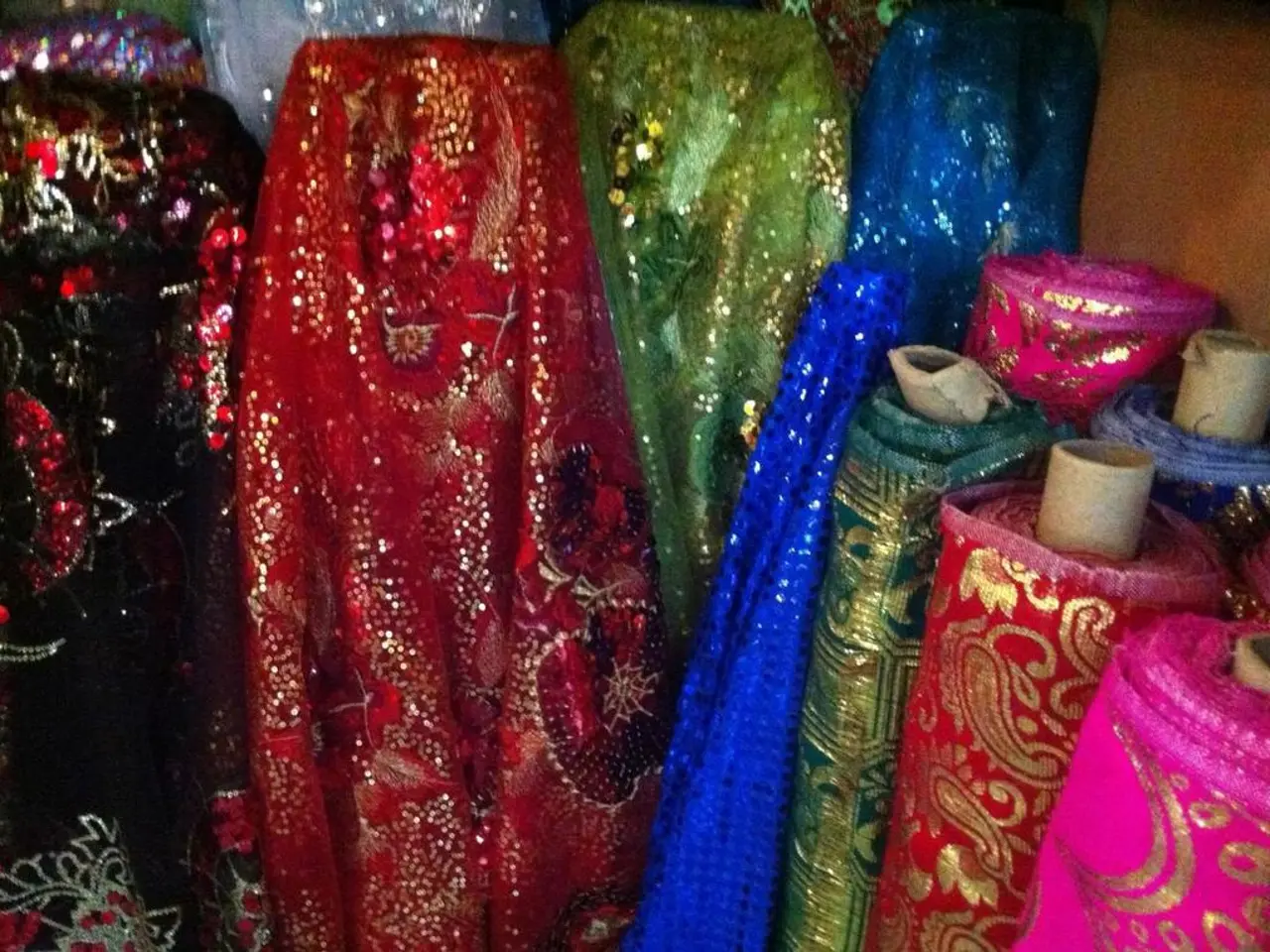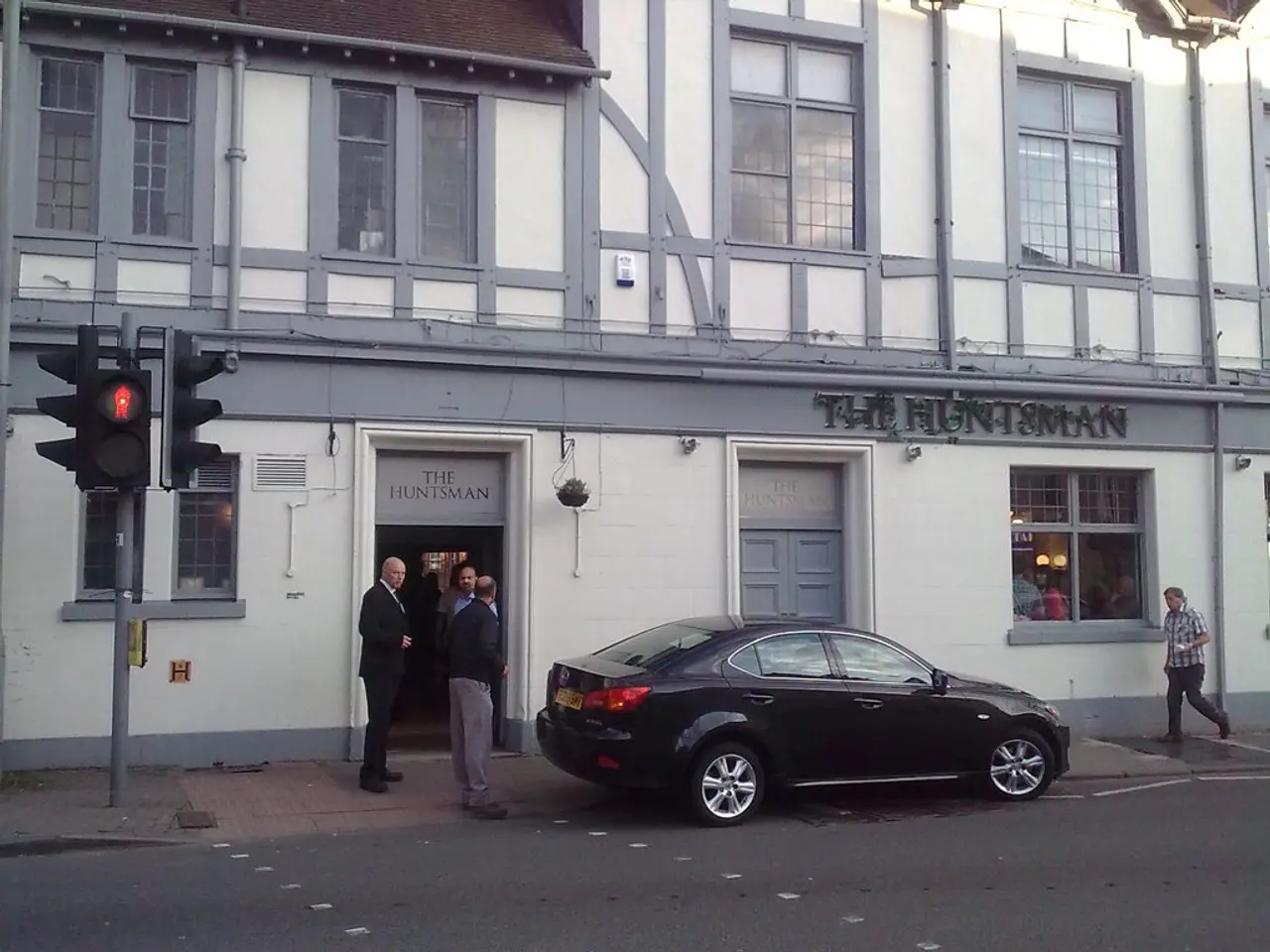Impact of Uganda's Prohibition on Secondhand Clothing Imports
Uganda's textile industry is brimming with innovative solutions, drawing from a diverse array of resources such as bamboo, hemp, cotton, silk, and even fibers from local pineapples. However, the country remains completely dependent on textile imports, a reality that poses significant challenges for developing a thriving local industry.
One of the key challenges is Uganda's high volume dependence on secondhand clothes. The country imports around 80,000 tonnes of used clothing annually, satisfying immediate consumer demand but often falling short on quality. Over 40% of agro-processing facilities, including textile-related ones, are non-functional or operating below capacity, limiting domestic production capabilities.
Moreover, the domestic textile manufacturing base is underdeveloped, increasing reliance on imports. Traders often operate informally to avoid red tape, complicating efforts to formalize and improve local industry efficiency. High volumes of textile waste and offcuts from secondhand items end up in landfills instead of being reused or repurposed.
Despite these challenges, promising initiatives are underway to build sustainable local manufacturing and reduce secondhand clothing dependence. Circular textile projects, such as the Uganda Circular Textiles initiative, seek to repurpose discarded secondhand clothes into new products, creating jobs and reducing waste.
Training tailors and designers to innovate in repurposing textiles and developing new product lines from reused materials fosters local creativity and skills. Improvement of collection, sorting, and reuse systems helps divert textiles from landfills to production hubs, feeding local manufacturing with recycled materials.
Regional integration and trade facilitation within East African Community (EAC) member states have eased cross-border flows of materials and designs, enriching local fashion ecosystems and increasing access to diverse fabrics and skills. Promotion of circular economy and extended producer responsibility policies encourage sustainable production practices and innovation in natural and recycled textiles.
Investment in industrial capacity and policy reforms are crucial to revive agro-processing/textile plants and formalize supply chains, gradually reducing Uganda’s dependence on imports while increasing local value addition.
Despite President Yoweri Museveni announcing a national ban on secondhand clothing imports in August 2021, effective from September 1, the ban is not being enforced, as evidenced by ongoing imports. Buzigahill, a local textile initiative, has started introducing handwoven pieces and accessories, but they are not yet a significant source of revenue.
In summary, while Uganda’s local textile industry faces significant structural and capacity challenges, efforts combining circular economy innovation, skills development, regional trade integration, and policy support are underway to build sustainable local manufacturing and reduce secondhand clothing dependence over time.
- The Uganda Circular Textiles initiative, a circular textile project, aims to repurpose discarded secondhand clothes into new products, creating jobs and reducing waste.
- Regional integration and trade facilitation within the East African Community (EAC) have enriched local fashion ecosystems and increased access to diverse fabrics and skills.
- Promotion of circular economy and extended producer responsibility policies encourages sustainable production practices and innovation in natural and recycled textiles.
- Improvement of collection, sorting, and reuse systems helps divert textiles from landfills to production hubs, feeding local manufacturing with recycled materials.
- Training tailors and designers to innovate in repurposing textiles and developing new product lines from reused materials fosters local creativity and skills.
- Investment in industrial capacity and policy reforms are crucial to revive agro-processing/textile plants and formalize supply chains, gradually reducing Uganda’s dependence on imports while increasing local value addition.
- Despite President Yoweri Museveni announcing a national ban on secondhand clothing imports in August 2021, the ban is not being enforced, as evidenced by ongoing imports.




